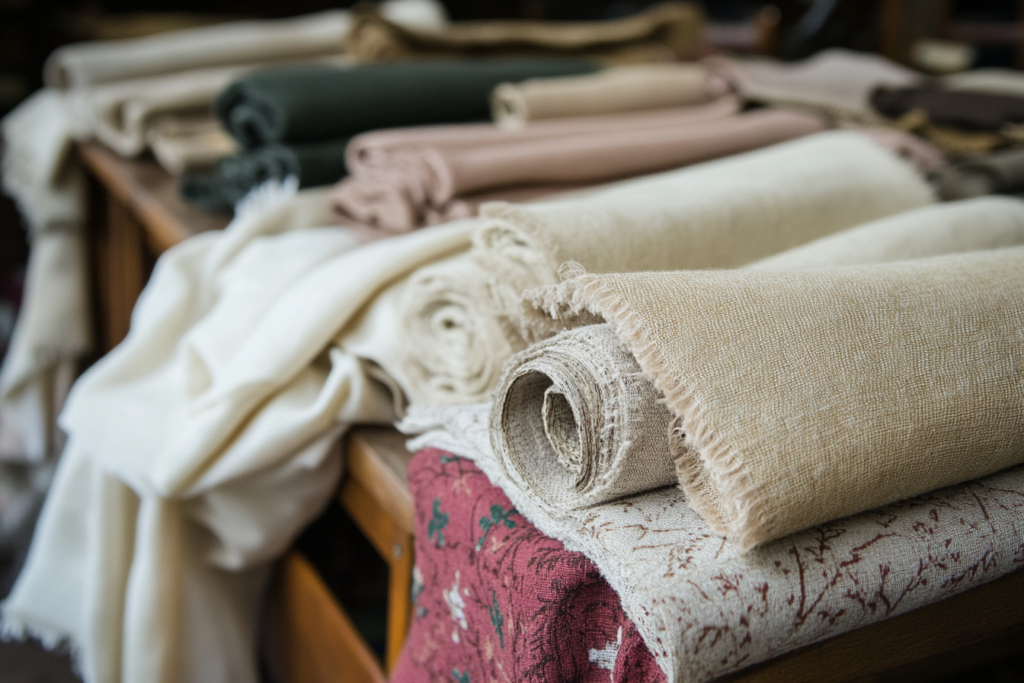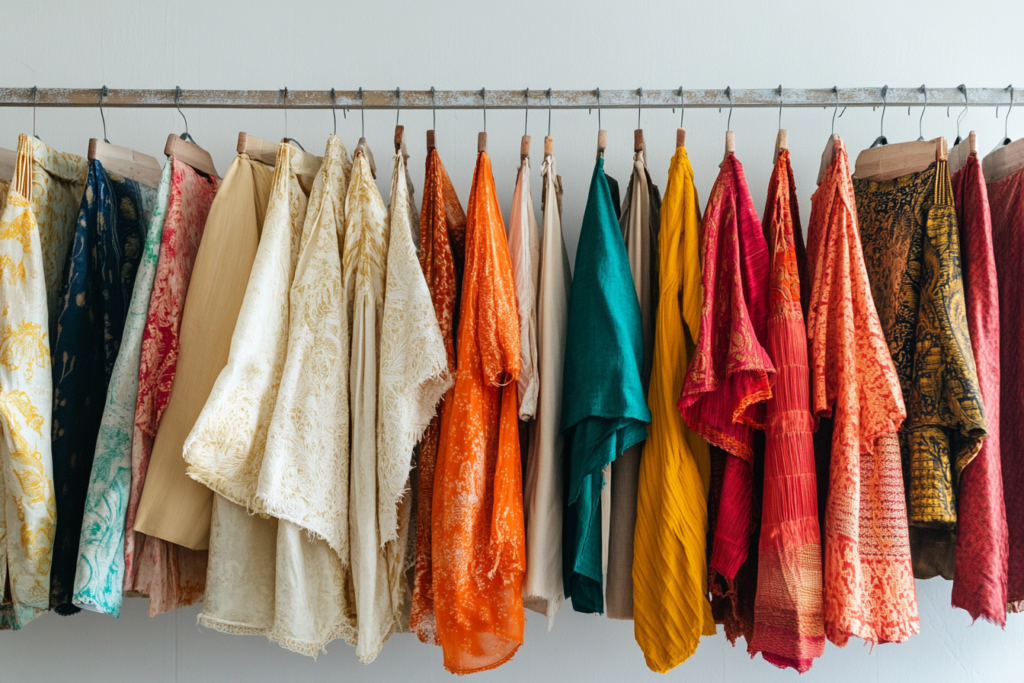Introduction: What is the Development Window in Garment Design?
The development window in garment refers to the specific timeframe required for the creation and development of clothing, from fabric selection to final product. This process involves designing the garment, selecting materials, producing prototypes, and refining the design to meet quality standards before mass production. Understanding the development window in garment creation is crucial for designers and manufacturers to ensure products are brought to market efficiently and on time.
This development window can range from a few weeks to several months, depending on the complexity of the garment, the type of fabric used, and the production scale. The design process in garments is intricate, requiring careful planning, testing, and execution.


Stages in the Development Window for Garment Creation
- Concept and Design Phase:
- The initial phase of the development window in garment design begins with the concept stage. Designers create sketches, color boards, and select fabrics for the garment. This phase usually lasts between 1-2 weeks, depending on the design complexity. If the garment is simple, the design phase might take a shorter time.
- Fabric Sourcing and Selection:
- Once the design is finalized, the next step is sourcing the fabrics. This stage involves identifying suppliers, ordering fabric samples, and assessing the suitability of materials for the garment. Depending on the fabric’s availability and custom orders, this phase can take anywhere from 2 weeks to several months, particularly if the fabric needs to be specially produced or dyed.
- Pattern Making and Prototyping:
- After the fabric is selected, the designer creates a pattern based on the garment’s design. The prototype is sewn to test fit, functionality, and overall design. This step includes adjustments and refinements after initial testing. The prototyping phase may take 2-4 weeks, depending on how many revisions are necessary and how quickly suppliers can fulfill sample requests.
- Sampling and Fit Testing:
- A critical part of the development window in garment production, this phase focuses on producing multiple samples for fit testing. Fit models try on the garment to ensure it meets desired specifications. Any necessary changes are made, and the sample is re-evaluated. Fit testing can take up to 2-3 weeks.
- Production Planning:
- Once the sample is approved, the final design moves into the production planning stage. The production team orders fabric in bulk, arranges manufacturing logistics, and finalizes the production timeline. This step typically requires 2-4 weeks to ensure proper setup and scheduling of resources.
- Manufacturing:
- The manufacturing process involves producing the garments on a larger scale. Factories cut and sew the fabrics into finished products according to the finalized patterns. The manufacturing phase is the longest part of the development window and can take anywhere from 4-6 weeks, depending on the order size and complexity of the garment.
- Quality Control and Finishing:
- After manufacturing, the garments undergo quality control checks for defects, stitching errors, or imperfections. This ensures that the final product meets the brand’s standards. The finishing phase includes adding labels, pressing, and packaging. This stage may take another 1-2 weeks.
Factors Influencing the Development Window in Garment Creation
- Design Complexity:
- The more intricate the design, the longer the development window will be. Detailed garments, such as tailored suits or couture pieces, require more time for pattern making, fitting, and adjustments. Simple garments like t-shirts or basic dresses can be developed more quickly.
- Fabric and Material Sourcing:
- Sourcing high-quality fabrics or unique materials can extend the development window. If a designer is looking for a specific texture, color, or type of fabric that isn’t readily available, the development process may take longer to source and receive the necessary materials.
- Production Capacity and Lead Times:
- The capacity of the manufacturer and their ability to handle large orders plays a significant role in how long the development window takes. High-demand periods or limited factory resources can delay production. Additionally, manufacturers located overseas might have longer lead times due to shipping and customs.
- Testing and Revisions:
- If multiple rounds of fitting or revisions are needed, the development window is extended. For example, if a prototype doesn’t meet expectations, it may need to be reworked several times, which adds to the time required to complete the development.
- Supply Chain Disruptions:
- External factors, such as supply chain disruptions or material shortages, can also impact the development window. The global supply chain is vulnerable to delays, and disruptions in material procurement or shipping can affect production timelines.
- Market Trends and Seasonality:
- Fashion brands often rush to align with market trends or seasonal releases. If a brand is aiming for a specific fashion season (e.g., spring/summer or fall/winter), it must ensure that the development window fits within the timeframe for that season’s launch. Missing deadlines can mean missing the peak season for the garment.
How to Manage the Development Window Efficiently
- Pre-Planning and Time Management:
- Properly scheduling each stage of the development window can help manage time effectively. Clear milestones and timelines for each step of the development process ensure that no stage is delayed, and the final product is completed on schedule.
- Collaborating with Suppliers and Manufacturers:
- Maintaining strong relationships with fabric suppliers and manufacturers ensures smooth coordination. Pre-ordering fabrics, managing inventory, and having backup suppliers can prevent delays during the sourcing stage.
- Prototyping and Sampling in Parallel:
- To save time, designers can work on multiple prototypes simultaneously. This can speed up the process and allow for quick testing of different variations of a garment.
- Use of Technology:
- Advanced design software and digital tools allow designers to make rapid changes to patterns and prototypes. Virtual fitting software, for instance, can reduce the need for physical samples, speeding up the design process.
- Agile Development Methodology:
- Some fashion brands implement an agile development methodology, which allows for flexibility and faster decision-making in product development. This approach helps minimize time spent on revisions and keeps production timelines on track.
Challenges in the Development Window for Garment Creation
- Delays in Fabric Procurement:
- Fabric sourcing often leads to delays, particularly if the fabric is custom-made or if international shipping causes unexpected hold-ups.
- Quality Control Issues:
- Inconsistent quality or defects in the fabric or manufacturing process can cause delays. These issues often require additional time to fix, especially if garments need to be reworked or remade.
- Unforeseen Design Changes:
- Design changes after prototyping can result in extended development time. Minor adjustments often require revising patterns, samples, or materials, which can cause the development window to stretch.
- Supply Chain Disruptions:
- Global or local supply chain disruptions, such as delays in raw material shipments or manufacturing backlogs, can severely impact the development window, causing significant delays in delivery.
Conclusion: Why Managing the Development Window is Crucial
Effectively managing the development window in garment creation ensures that products reach the market on time and meet the standards of quality and design. By understanding the stages of development, addressing potential delays early, and optimizing resources, fashion brands can streamline their process and stay competitive in the ever-changing fashion industry.



